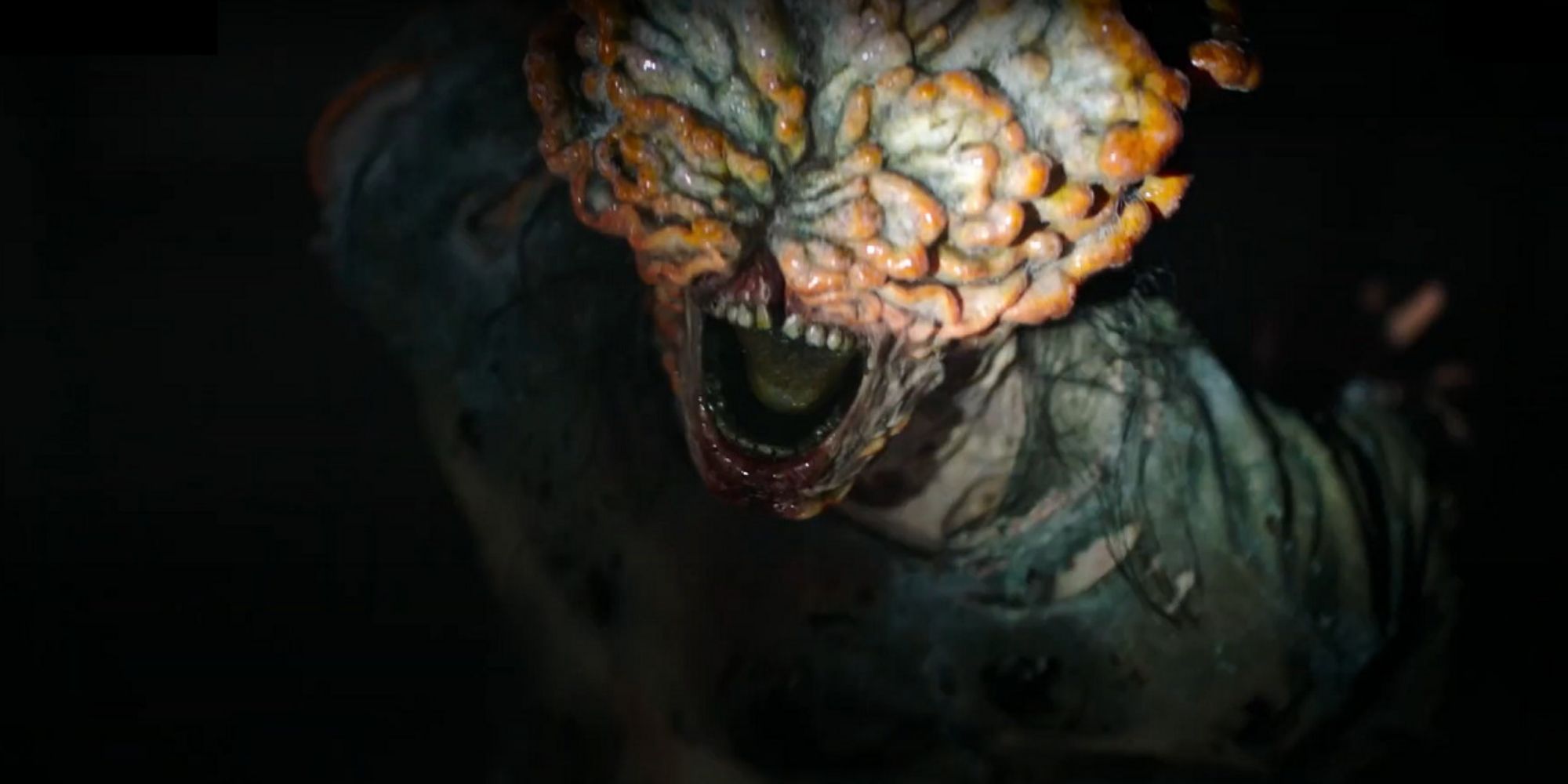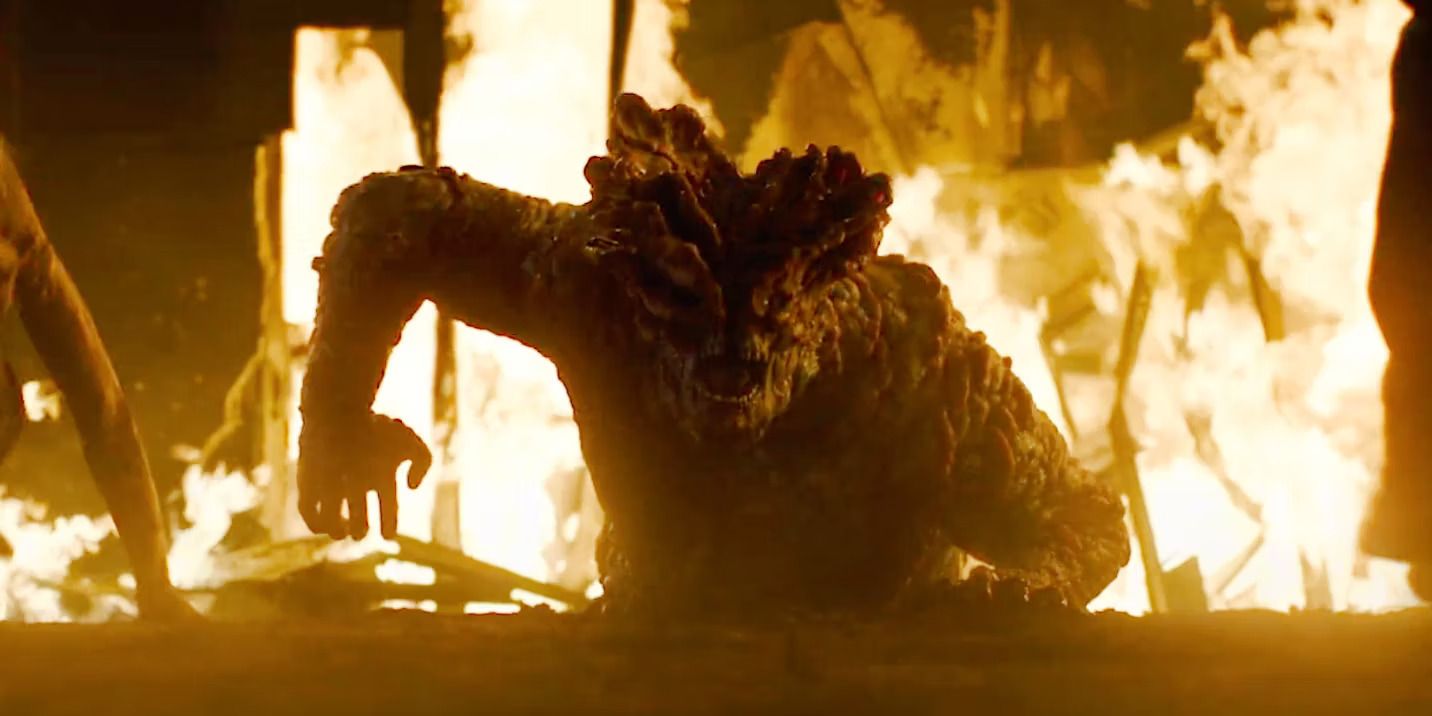It's almost time to re-enter the Cordyceps-infected world of Naughty Dog's beloved classic game The Last of Us with the release of HBO's series adaptation. With just over a week left until the premiere, Collider's Christina Radish was able to sit down with co-creators Neil Druckmann and Craig Mazin for a wide-ranging interview about the show, its creation, and what they were allowed to expand upon in the context of television. The two specifically delved into the Cordyceps outbreak that kicks off the apocalypse of The Last of Us and how they were actually able to show the origins on-screen.
The Last of Us was unique in how it destroyed civilization, using a fictional mutation of the real-life Cordyceps fungi to create the zombie-like clickers. During the game, however, it's never shown where or how the outbreak began exactly. Joel and his daughter Sarah first encounter the infected once they start wreaking havoc in their town in 2013, but anything before that is left a bit of a mystery. Given the focus on the characters and the message of continuing life after disaster, that wasn't necessarily important to the overall quality of the story. In the context of a television show though, Druckman and Mazin had the time to explore the origins of the mutation. Mazin specifically cited the real science behind Cordyceps as a reason to dig deeper, saying:
Well, we wanted to ground this show in as much science as possible. The game did it pretty darn well, especially for a genre where it would be easy to say, “Oh, there’s zombies, but the zombies come out of the ground.” Cordyceps is a fascinating concept, and it’s absolutely real. We wanted to push that a little further. We wanted to give us much reality as we could because the realer that is, the more we connect to the characters that are in that space playing around.
Furthermore, the advent of the COVID-19 pandemic brought many real fears of a society-altering virus to life and showed people something on as large a scale as The Last of Us could happen, even if not to the same destructive degree. Mazin wanted to show that these outbreaks are not just the result of happenstance, but rather are studied and prepared for over years. He added:
It was also important for us to acknowledge that the audience is smarter about pandemics than they were five years ago. We don’t wanna pretend that they don’t know things. And in fact, a lot of the reason this show begins the way it does, with that scene in the ’60s, is to say, “Look, the context is, there are viral pandemics and they are quite dangerous, but there’s something out there that’s worse. And it may sound funny to you, but let me explain why.” And then, you start to realize, “Oh, that’s not good.” And also, it’s been there all along. So, when the outbreak happens, it’s not happening suddenly or capriciously. It’s finally happening. It was always gonna happen. We just happen to be there today to see it.
Mazin and Druckmann Wanted to Build on The Last of Us's Infection With the Series
Druckmann and Mazin came into The Last of Us with the hopes of building beyond the bounds of the game to create more narrative nuance. They seem to apply the same approach to the fungus and those infected by it. The infection has been modified somewhat to better fit the show with a focus on how the infected are connected. Infectious spores from dead infected that would fill the air are also gone. Mazin added that any changes were heavily coordinated with Druckmann in order to keep the focus on Joel (Pedro Pascal) and Ellie (Bella Ramsey):
I will say that there is a character from the game that has a very interesting point of view about the fungus and his observation of Cordyceps that ties into some of the larger themes about what the show is about, and strangely enough, that ties into the notion of the beauty and potential danger of love. And so, part of what Neil [Druckmann] and I wanted to do was just make sure that everything in our story that we built here, as it was inspired by and adapted from the work that he did on the game, ultimately feeds back into the thing that matters the most for us, and that is Joel and Ellie’s relationship.
Druckmann got more into the meat of what changes would come to the Cordyceps, elaborating specifically on how the infected are made all the more frightening as an interconnected network. Already, the clickers are unnatural and unique from the standard zombie due to their fungal appearance and distinct clicking sound to navigate as they lack sight. He discussed how, with the help of Mazin, they were able to develop new ideas and rules to make them a greater and more interesting danger:
Craig is right, there are certain additions that we made to the show, which I really liked. We wanted to avoid making a zombie show. We have the Clickers, which helps separate us, by grounding them in one way. But also, they’re such interesting, weird beings, and they use echolocation to find their way around. But with the more recently infected, we had a lot of conversation about what that vector could look like because there are certain things from the game that we took away. The game had spores in the air and people had to wear gas masks, and we decided, early on, that we didn’t wanna do that for the show. Eventually, those conversations led us to these tendrils. And then, just thinking about how there’s a passage that happens from one infected to another, and like fungus does, it could become a network that is interconnected. It became very scary to think that they’re all working against us in this unified way, which was a concept that I really liked, that got developed in the show.
The Last of Us premieres on HBO on January 15 with Gabriel Luna, Anna Torv, and Merle Dandridge all joining Pascal and Ramsey. Keep an eye out for the full interview with Druckmann and Mazin and check out the trailer below.


